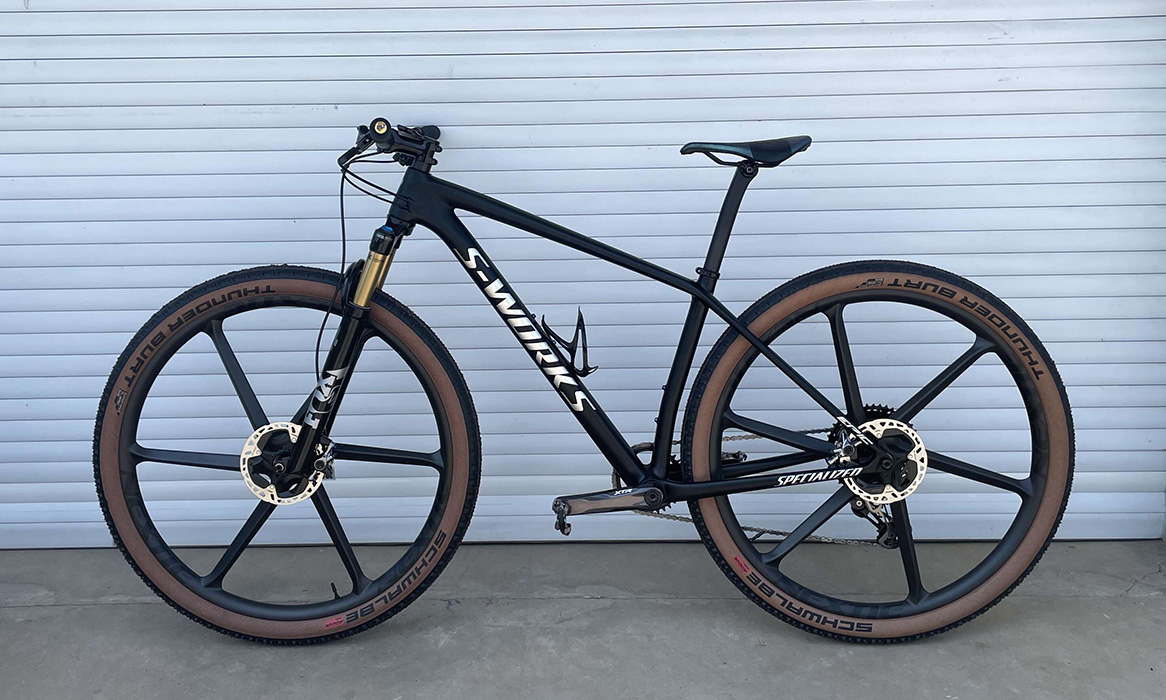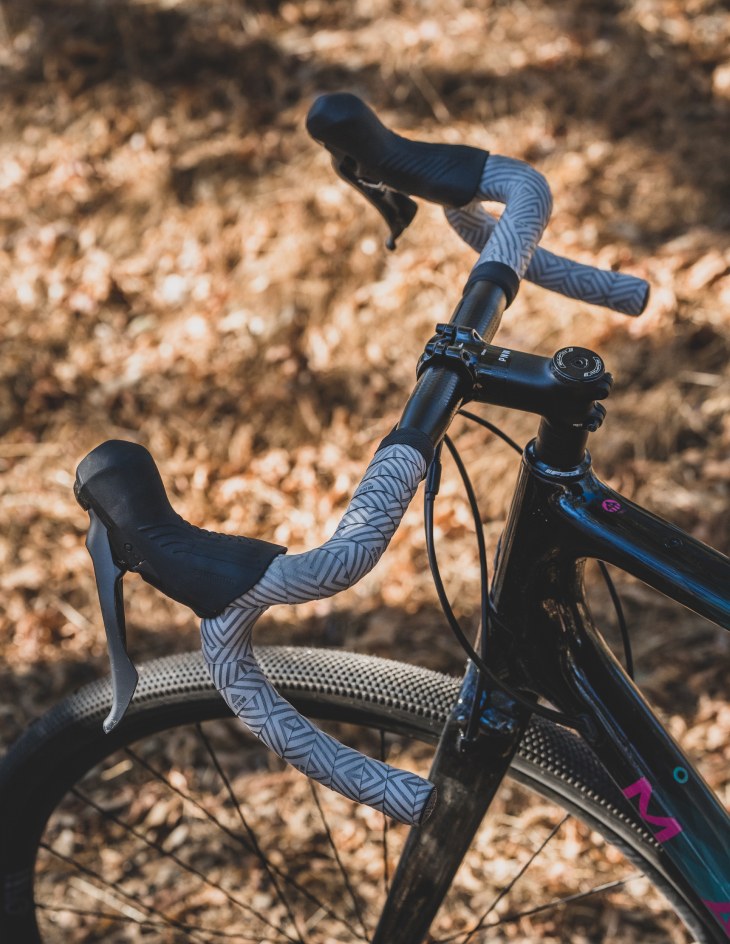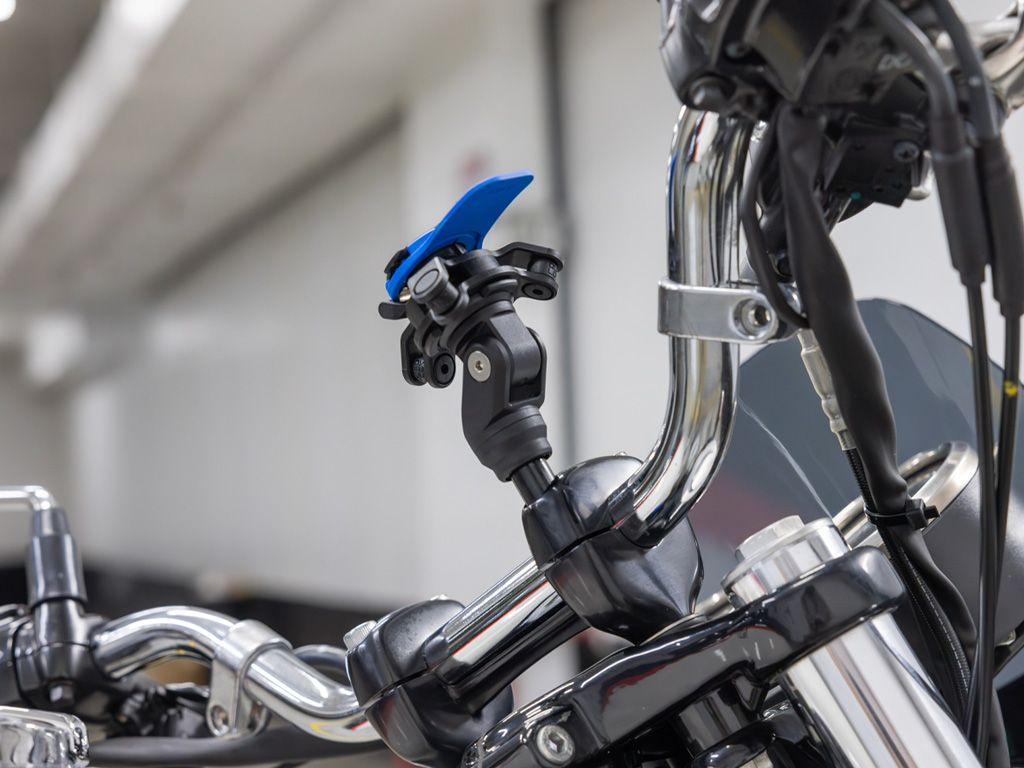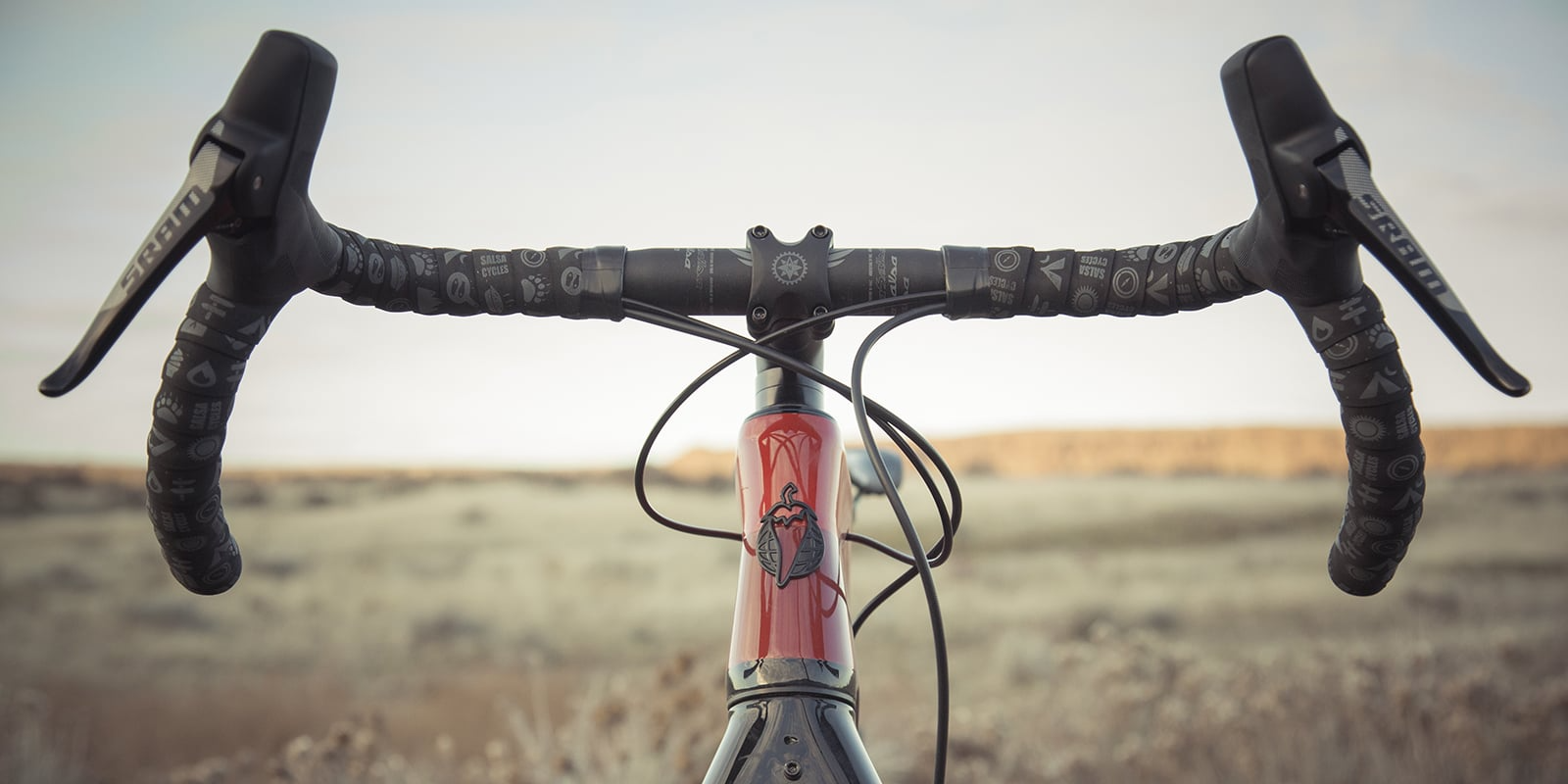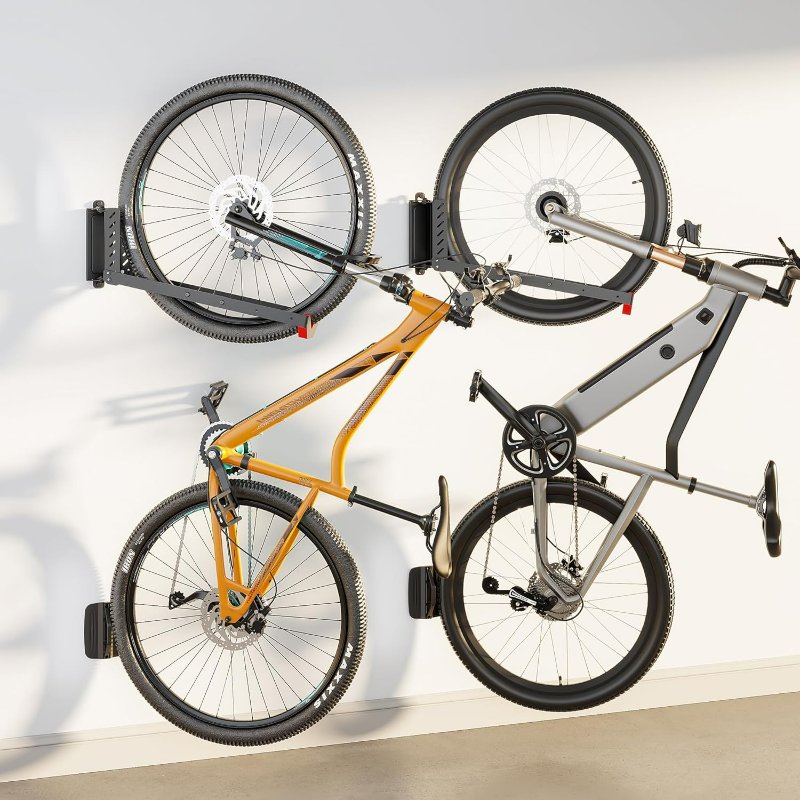Introduction
Handlebars are crucial components of any bicycle. They play a fundamental role in cyclist control and comfort. In the simplest terms, handlebars are the part of the bike that the rider holds onto. They allow the rider to steer, balance, and maneuver the bicycle. Yet, their importance extends far beyond this basic function.
For beginners, choosing the right handlebar can be overwhelming. It’s essential to understand that handlebars come in various shapes, sizes, and materials. Each type caters to specific riding styles and personal preferences. A proper handlebar setup ensures a more efficient and enjoyable riding experience.
Flat handlebars, for instance, offer simplicity and are perfect for casual and urban biking. Riders who focus on racing or long-distance cycling may prefer drop handlebars. These types allow for various hand positions and more aerodynamic postures. Mountain bikers often choose riser handlebars for better control on rough terrains.
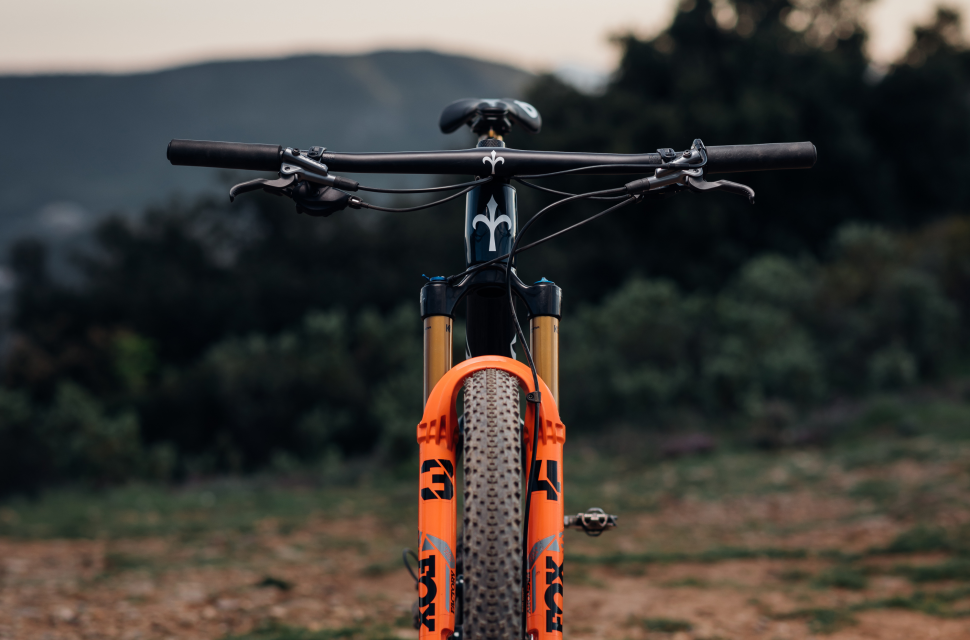
Handlebars are also vital in ensuring the proper posture of a rider. Incorrect handlebar setup can lead to discomfort or even injury. A handlebar that is too low may cause back and neck strain. Likewise, one that is too high can result in poor handling and reduced control.
Material choice is another critical factor. Aluminum handlebars provide durability and affordability. Carbon fiber handlebars offer a lighter weight, often sought after by performance riders. Steel handlebars are less common in modern bikes but still preferred for their strength and resilience.
Understanding the importance of each component helps in making informed decisions. It’s not just about picking a handlebar but choosing one that complements the bike and the rider.
Types of Handlebars: Variety and Functionality
Flat Handlebars
Flat handlebars are a popular choice for many types of cyclists. They are straightforward in their design and function, making them perfect for beginners and casual riders. These handlebars are typically straight, offering a simple and intuitive riding position. They grant the rider excellent control, especially at lower speeds and on varied surfaces.
Commuters specifically favor flat handlebars for their upright riding position. This posture aligns the rider’s body, reducing strain on the back and improving visibility of traffic. Moreover, flat handlebars provide ample space for mounting accessories such as lights, bells, and mirrors.
Drop Handlebars
Drop handlebars are common in road bikes. They have a distinctive curved shape that allows for multiple hand positions. This diversity is beneficial for long-distance riders as it helps to prevent hand fatigue. Drop handlebars also promote an aerodynamic posture, which is advantageous for speed.
These handlebars come in various shapes like classic drop, compact drop, and ergonomic designs. Classic drop handlebars offer a deep curve, while compact drops have a shallower reach and drop, making them more accessible for the average rider. Ergonomic designs incorporate bends and curves tailored to fit the natural contours of the hand.
Riser Handlebars
Mountain bikers frequently use riser handlebars. These handlebars rise upward from the center, allowing for a more upright riding position. This position offers better control and stability, crucial for navigating rough terrains and executing technical maneuvers.
Riser handlebars also allow the rider to shift their weight more effectively over the bike. This shifting enhances the management of steep climbs, descents, and sudden obstacles. Furthermore, riser handlebars provide room for mounting wider grips, adding to the comfort and control.
Bullhorn Handlebars
Bullhorn handlebars are distinctive for their upward and forward curving ends. These handlebars offer a mix of aerodynamic advantage and control. They are often seen on time trial or triathlon bikes. The design allows riders to adopt a crouched, aerodynamic position ideal for speed.
Aero Handlebars
Aero handlebars are primarily designed for time trial and triathlon cycling. These handlebars minimize air resistance, helping riders maintain high speeds over long distances. Aero handlebars are characterized by their extensions, which allow the rider to lean forward into a streamlined position.
Aero handlebars require specific handling skills and are typically not suitable for casual or urban riders. They are a niche choice, often found in competitive cycling setups. The focus on speed and efficiency makes them less versatile but highly effective in the right context.
Materials and Construction: From Aluminum to Carbon Fiber
Aluminum Handlebars
Aluminum handlebars are the most common type found in the market. They strike a balance between affordability and functionality. Aluminum is lightweight yet strong enough to handle the rigors of daily riding. Its durability makes it a preferred material for various types of bicycles, from casual road bikes to rugged mountain bikes.
One of the main advantages of aluminum handlebars is their stiffness. This stiffness provides better control and responsiveness, allowing the rider to maneuver more effectively. While aluminum handlebars may not offer the same level of vibration dampening as other materials, they are still comfortable when paired with good quality grips.
Carbon Fiber Handlebars
For those seeking top performance, carbon fiber handlebars are the go-to choice. Carbon fiber is significantly lighter than aluminum while offering excellent strength and flexibility. This combination of attributes makes it ideal for high-performance bicycles, particularly in racing and long-distance riding.
One of the standout features of carbon fiber handlebars is their ability to absorb vibrations. This property enhances comfort during long rides, reducing hand and arm fatigue. The flexibility of carbon fiber also allows for more intricate designs, enabling manufacturers to optimize aerodynamics and ergonomics.
However, carbon fiber handlebars come at a premium. They are generally more expensive than aluminum and require careful maintenance. Damage to carbon fiber can be more challenging to detect and repair, necessitating regular inspections.
Steel Handlebars
Though less common in modern bikes, steel handlebars still have their own set of advantages. Steel is incredibly durable and offers a unique ride quality. It has a natural flex that can help absorb shocks and vibrations, providing a smooth and comfortable ride.
The downside to steel handlebars is their weight. They are significantly heavier than both aluminum and carbon fiber options. This added weight can be a disadvantage, particularly in performance-oriented cycling. However, for casual riders or those seeking a reliable and robust handlebar, steel remains a viable choice.
Titanium Handlebars
Titanium provides a lightweight and durable option, combining the best attributes of aluminum and steel. It has excellent corrosion resistance and offers a comfortable, smooth ride. However, titanium handlebars are often expensive and typically reserved for high-end custom bikes.
Adjusting and Customizing Handlebars
Handlebar Width
Adjusting the width of the handlebars can significantly impact the riding experience. Wider handlebars provide better stability and control, particularly for mountain biking or navigating rough terrains. They allow for more leverage, making it easier to steer and balance. Conversely, narrower handlebars are often preferred in road cycling for their aerodynamic advantages.
Choosing the right width is a personal decision influenced by riding style and preferences. One way to determine the optimal width is to measure the distance between the shoulder blades and use this as a guide. Ergonomics should always be a primary consideration to prevent discomfort and potential injury.
Handlebar Height
Handlebar height directly affects the rider’s posture and comfort. A higher handlebar position promotes an upright riding stance, which reduces strain on the back and neck. This setup is beneficial for casual and urban riders who prioritize comfort.
On the other hand, a lower handlebar position promotes an aerodynamic posture. This setup is preferred by road cyclists and racers who aim for speed and efficiency. Finding the right balance between height and rider comfort is key to an optimal riding experience.
Handlebar Angle
Adjusting the angle of the handlebars can fine-tune comfort and control. Small changes in the angle can relieve stress on the wrists and improve hand positioning. Riders can adjust the angle by rotating the handlebar within the stem. This simple adjustment can have a significant impact on the overall feel of the bike.
Adding Accessories
Customizing handlebars with accessories can enhance functionality. Common additions include bar ends, which provide extra hand positions, and ergonomic grips for added comfort. Riders can also install mirrors, lights, and bells to improve safety and convenience.
Adding accessories should be done thoughtfully. It’s essential to ensure that any additions do not interfere with control or maneuverability. Safety and functionality should always be prioritized when customizing handlebars.
Maintenance and Care: Ensuring Longevity
Regular Inspection
Regular inspection of the handlebars is vital for safety and performance. It’s essential to check for any signs of wear and tear, such as cracks, dents, or corrosion. This is particularly important for carbon fiber handlebars, as damage can be less visible. Any detected issues should be addressed immediately to prevent potential accidents.
Proper Cleaning
Keeping the handlebars clean is part of regular bike maintenance. Dirt and sweat can accumulate, leading to corrosion or degradation over time. Simple cleaning with a mild soap solution and a soft cloth can keep the handlebars in good condition. It’s essential to dry them thoroughly to prevent rust, especially in steel handlebars.
Tightening Bolts
A crucial aspect of handlebar maintenance is ensuring that all bolts and fastenings are securely tightened. Loose bolts can lead to instability and reduced control. It’s advisable to use a torque wrench to achieve the manufacturer-recommended tightness. Regularly checking and tightening bolts can prevent accidents caused by handlebar movement.
Replacing Grips
Handlebar grips degrade over time due to constant use and exposure to elements. Worn-out grips can reduce comfort and control. It’s important to replace them periodically. New grips can significantly improve the riding experience. There are various types of grips available, from foam to rubber, each offering different levels of comfort and grip.
Conclusion: The Integral Role of Handlebars
In summary, handlebars are more than just a point of contact between the rider and the bicycle. They are critical components that influence control, comfort, and overall riding experience. Understanding the different types of handlebars and their specific functions can aid in making informed choices.
Materials play a significant role in the performance and durability of handlebars. From aluminum to carbon fiber, each material offers unique advantages and considerations. Adjusting and customizing handlebars to suit personal preferences can enhance comfort and control.
Regular maintenance and care ensure the longevity and reliability of handlebars. By paying attention to detail, riders can enjoy a safe and enjoyable cycling experience. Ultimately, handlebars, though sometimes overlooked, are indispensable to the world of cycling.
